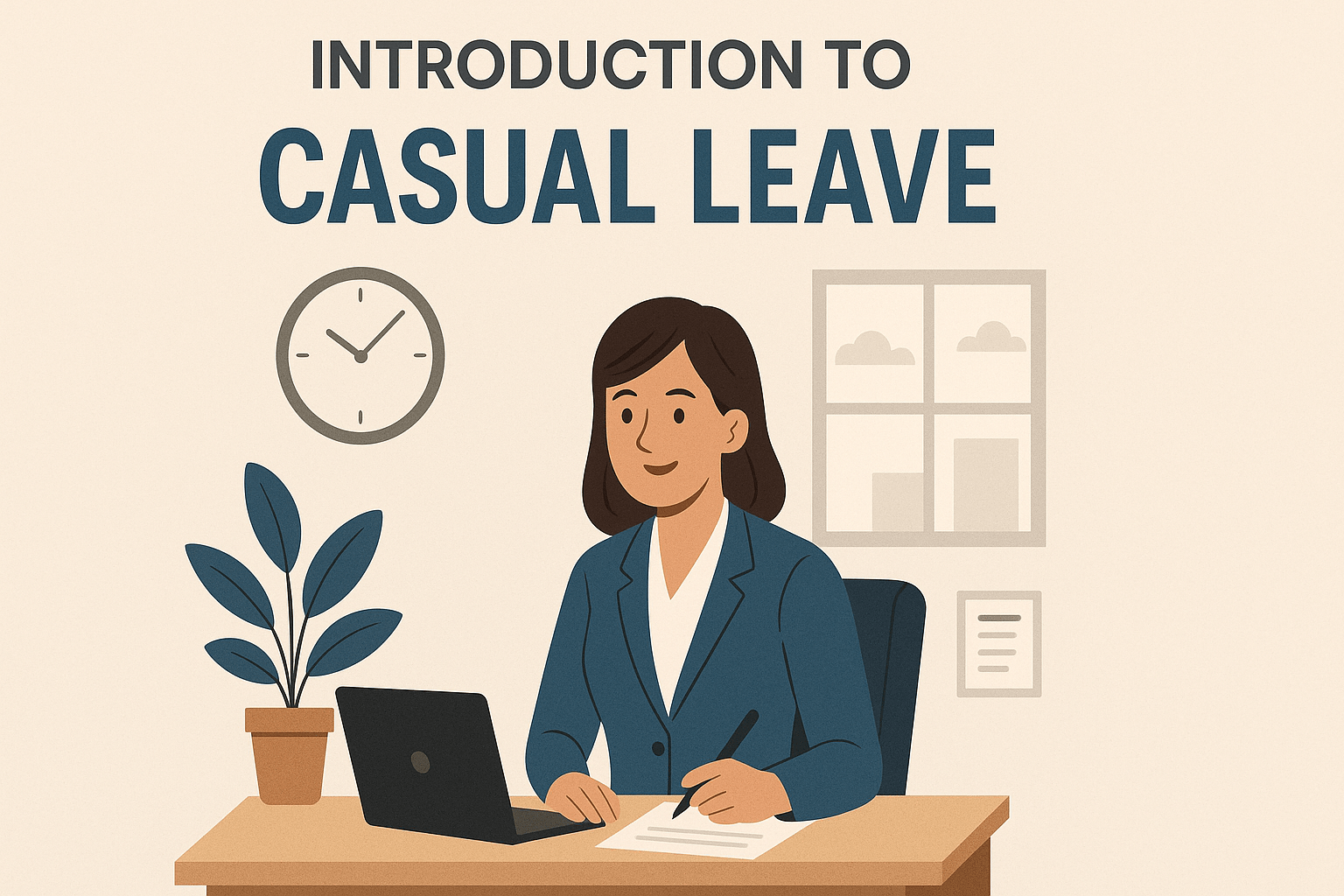With disruptions to transport networks and staff unable to get to work, bad weather is bad news for businesses. It can throw everything into disarray, causing disruptions and spreading uncertainty, often at the most inconvenient times. Worse still, even when it’s cleared, your HR department could still be snowed under with admin in an attempt to straighten everything out. However, while you can’t predict or control bad weather, here are a few ways to minimise its impact:
Develop an adverse weather policy
Decide ahead of time what you’re going to do regarding staff absence due to bad weather, including how it’ll affect an employee’s annual leave allowance. Now, companies aren’t required by law to pay staff who are absent as a result of bad weather. After all, the fact they’re unable to get to work is outside both the company and employee’s control.
It’s best, however, best to have a clear company stance on this in advance, as it makes for much less confusion, and admin, when adverse weather actually arrives.
For instance, will it just go down as unpaid leave, or will it be taken from an employee’s holiday entitlement? Deciding on your policy ahead of time makes it easier to deal with weather-induced emergencies when they occur, as well as updating staff calendars accordingly.
Determine who can come to work
Firstly, as part of your adverse weather policy, establish an idea of who’s likely to be able to come into work under such circumstances. The information you’ll need includes how they get to work, how long it usually takes, and if they have children that will also be affected by adverse weather (school or nursery closures, childcare unable to make it, etc.).
With this information, you’ll then have a rough idea of what to expect when inclement weather hits. Naturally, it won’t be completely accurate, you’ll still have a few surprises to deal with, no doubt, but at least you won’t be taken completely unawares.
Then, as reports of bad weather start to surface, communicate with staff to make them aware of the situation and prepare for those that can’t make it in.
Allow remote working
As with reducing staff absence from sickness, allowing your employees to work at home has a number of advantages and solves a lot of problems. However, in order to benefit it during period of bad weather, you have to set up your employees ahead of time.
Now, if you already frequently allow your staff to work from home, great – it may just be a matter of setting more of them up. If, on the other hand, this is something you’re not equipped for, and have been meaning to do, you’ll want to put a plan into motion as soon as possible.
What’s more, as well as less disruption to your productivity and workflow, if you have a centralised leave tracking system, staff can simply log on and indicate they’re working from home, which makes things easier from an HR perspective.




